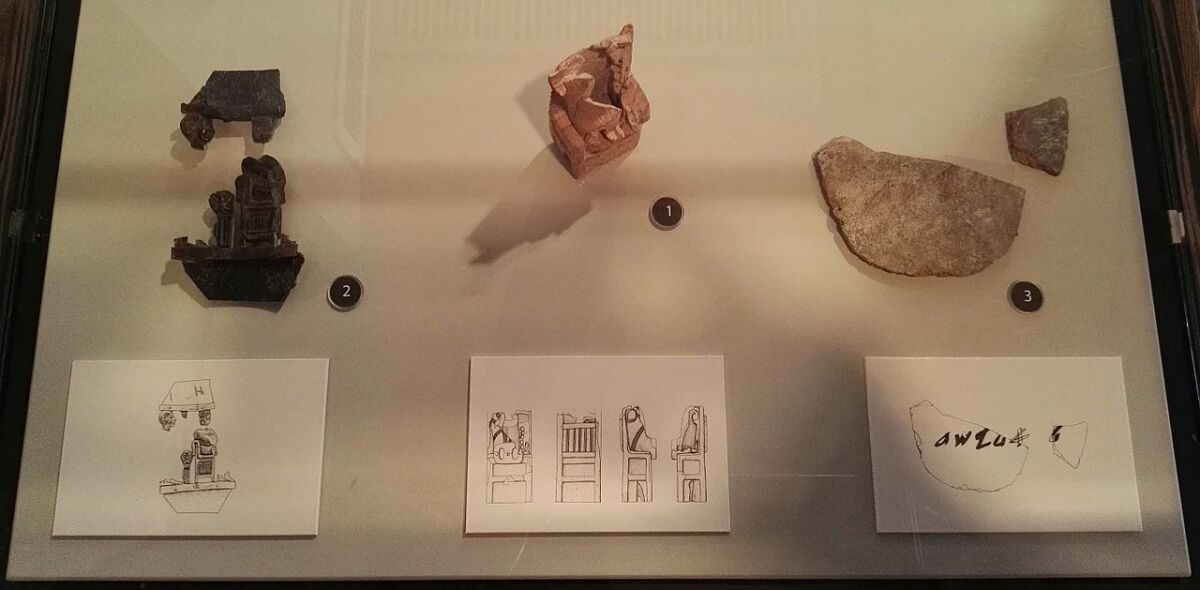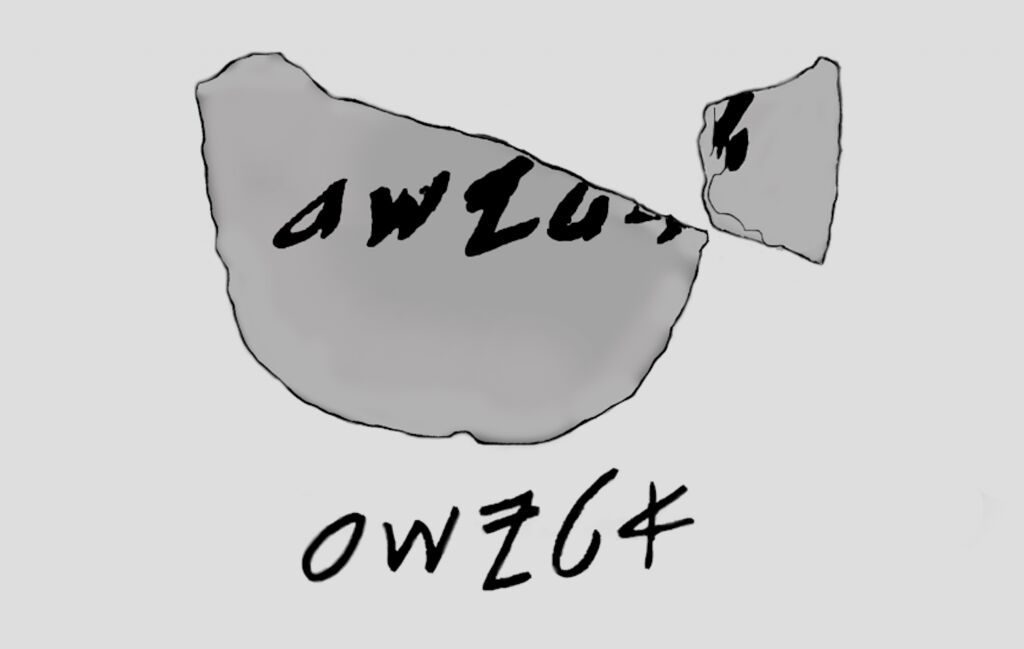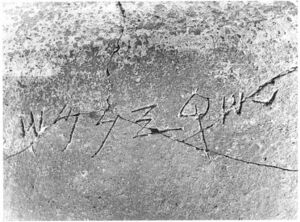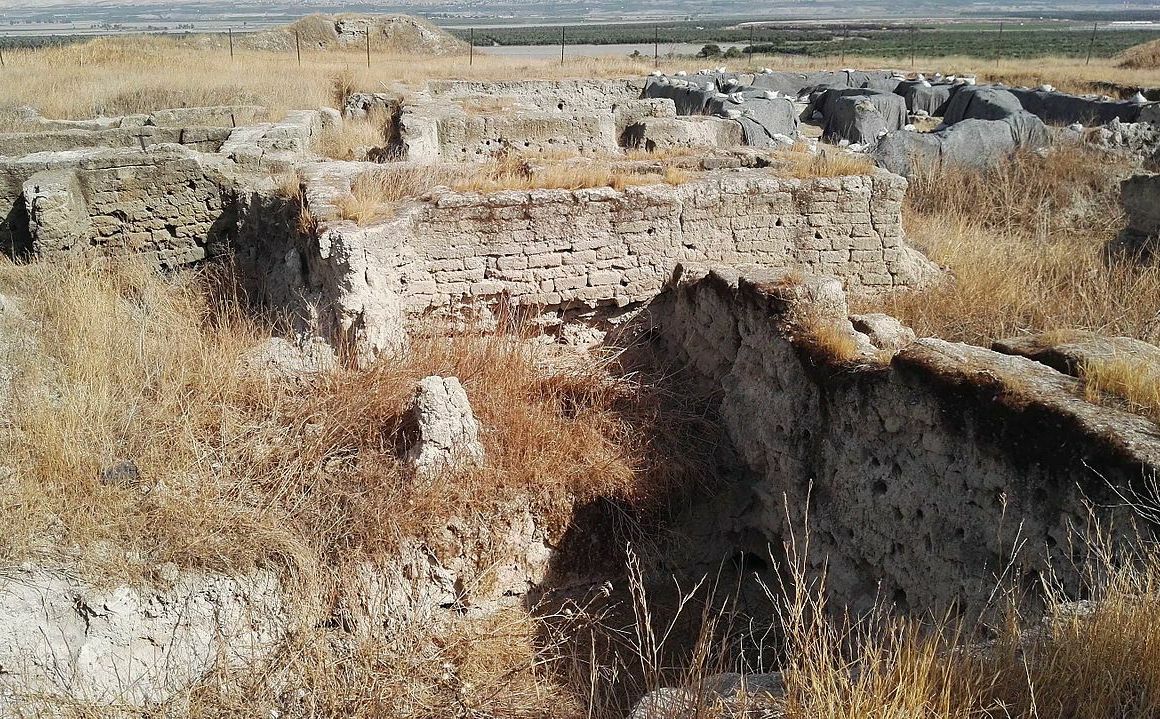Biblical prophets are difficult to demonstrate through archaeology. They often were of humble origins, typically did not hold governmental offices, did not build cities, and more often than not, the ruling classes hated them—authorities were more willing to be rid of them and their evidence. Yet their preserved biblical texts live on as some of the most precious writings that we have. Archaeology has confirmed dozens of the figures and geopolitical situations they describe. But on a personal level, they are unsurprisingly more difficult to identify archaeologically.
Such is the case with the farmer Elisha, called to follow and succeed the prophet Elijah. While we don’t have a specific book of the Bible written by him, we do have a detailed account of him in the book of Kings. Yet the details of his life, as described in the Bible, have been remarkably filled out by archaeological discovery. And an artifact has been found that quite possibly bears his name.

An Excavation, a Name
Excavations at the large biblical city of Tel Rehov have taken place for 16 years. The site’s director, Amihai Mazar, has led his team in making a number of significant discoveries. In 2013, there was another particularly special find.
An inked shard of pottery (known as an “ostracon”) was discovered among the ruins. The shard, along with the layer within which it was found, was dated to the middle of the ninth century b.c.e. The ancient Hebrew inscription was damaged, yet still could be translated with near certainty: the name “Elisha.”

The ostracon is interesting for a number of reasons. Typically, a name—exciting as the connection is—is not sufficient evidence to go on. But there are several connections that point to the biblical prophet.
Not only is the name a parallel, the layer in which the ostracon was found dates to the same time period as the biblical prophet. Further, it was found in an area where he spent much of his time (he was born only 11 kilometers away, in a town named Abel-Meholah). The Bible states that Elisha spent so much time around this area, that a couple living in nearby Shunem were inspired to make a chamber in their house for him (2 Kings 4).
The building itself, within which the ostracon was found, was quite interesting. It had a slightly unusual design for normal houses of the period: It was divided into two wings, with two entrances from the street (as opposed to the typical single entrance and single central room). It was thus a more “public” building. Furthermore, large vessels were found inside, larger than would be expected for family use. Perhaps this building served as a communal area—maybe as a gathering place for Elisha’s disciples? The Bible describes several establishments for the “sons of the prophets” during this time (2 Kings 2).

Further adding to the evidence, an inscription bearing the name “Nimshi” was found at the site (as well as another Nimshi inscription five miles away). This name has significance to the Elisha story: Elisha commissioned one of his disciples to go and ordain “Jehu … [grandson] of Nimshi” as king (2 Kings 9:1-2).
Then there is simply the fact that, based on current knowledge, the name “Elisha” was quite rare in ancient Israel. (And there is only the one biblical individual with this name—by contrast, there are four different biblical personalities named “Elijah,” five named “Jehu,” etc.)
So is this ostracon evidence of the prophet? You can make up your own mind. The evidence is quite compelling. And it would only make sense for this inscription to record “the” most famous Elisha, the prophet. The Elisha Ostracon adds to a growing body of evidence for the Israelite prophets.
The above is taken from our article Elisha: The Prophet, The Legend, The History. For further evidence relating to the wider account of the prophet’s life, check out the article here.

